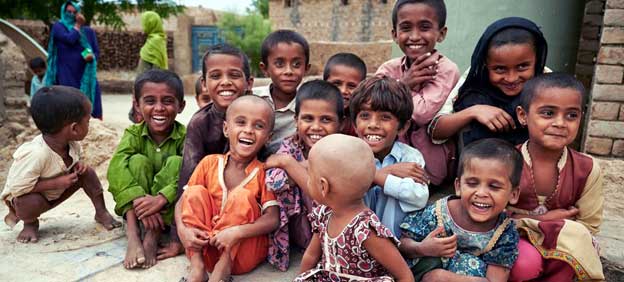WASHINGTON DC, Mar 28 (IPS) – International family planning and reproductive health (FP/RH) are critical to achieving gender equity, but U.S. investment in them is not nearly sufficient to meet the moment.
The Biden-Harris FY2024 budget request proposes to invest $619.43 million for bilateral FP/RH programs plus $57.5 million for the United Nations Population Fund (UNFPA)– a total of $676.8 million. That’s 11% more than Congress appropriated last year, and it’s one of the only proposed funding increases in the global health sector this year, yet it’s still just a fraction of what’s needed.
The fair-share U.S. contribution, i.e. what it would need to contribute proportionately to ensure the all women of reproductive age in low- and middle-income countries (LMICs) have their modern contraception needs met, is calculated to be $1.736 billion.
Family planning gives people control over their own bodies and futures. At its core, it’s about empowering individuals to make informed decisions about their sexual and reproductive lives, including if, when, and how many children to have, and how far apart to space births.
Access to family planning enables women to pursue their education and participate more meaningfully in economic and political life.
These are all necessary components of gender equality. Yet U.S. funding for international FP/RH has stayed flat for a decade while global population, reproductive health needs, and barriers to access have been growing. It is high time for the U.S. to meet its responsibility to help close the gap.

There are 923 million women of reproductive age in LMICs who want to avoid pregnancy. About a quarter of those (218 million) have an unmet need for modern contraception. They want to avoid pregnancy but are not using a modern method. Reasons for this vary from government restrictions on accessing contraceptives to service providers refusing to distribute them to having to travel daunting distances to the nearest clinic.
These hurdles are compounded by gender-based discrimination. For example, stigma surrounding contraceptives and sex make it particularly difficult for young, single women to access services.
Marginalized groups face discriminatory attitudes in clinics, including in the U.S., where members of the LGBTQ+ community, immigrants, and Black, indigenous, and other people of color are often denied services and resources to meet their family planning needs.
The world needs much more robust support from the U.S. to overcome these obstacles and pave the way to achieving global gender equality. Due to the lack of sufficient investment to dismantle barriers to sexual and reproductive health and rights (SRHR) worldwide, U.S. support for overarching gender equality goals will inevitably be weakened, a new Population Institute report finds.
Some governments are showing they understand this problem and are changing policies accordingly. For example, President Xiomara Castro of Honduras just lifted a 14-year ban on emergency contraception, which will revolutionize access to FP/RH services. Beginning April 1, the provincial government of British Columbia will provide prescription contraception at no charge.
The U.S. has a responsibility to lead on global SRHR but ceded its leadership in recent years and is getting left behind. U.S. bilateral and multilateral FP/RH programs have been under attack, especially in the wake of Trump-era restrictive policies.
The modest increase in FP/RH funding in the current budget proposal shows the Biden-Harris administration recognizes the importance of global SRHR. But it doesn’t reflect the urgency or level of commitment needed.
At the same time, it undercuts SRHR by including the Helms Amendment, an outdated prohibition on using U.S. foreign assistance funding for abortion as a method of family planning. In practice, implementing the Helms Amendment has meant denying abortions even in instances of rape or incest, or in cases where it would save a woman’s life.
Failure to aim at U.S. fair-share levels of FP/RH funding in the latest budget proposal is a missed opportunity. Let’s not miss any more. Global population recently passed the 8 billion mark, and the need is growing.
We can meet the moment by recognizing the fundamental connections between SRHR, gender equality, and sustainable development, and accepting the obligation of the U.S. to lead on achieving them.
Maniza Habib is Research Associate at the Population Institute, a nonprofit based in Washington, D.C. that supports reproductive health and rights.
IPS UN Bureau
Follow @IPSNewsUNBureau
Follow IPS News UN Bureau on Instagram
© Inter Press Service (2023) — All Rights ReservedOriginal source: Inter Press Service
Check out our Latest News and Follow us at Facebook
Original Source